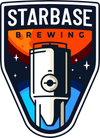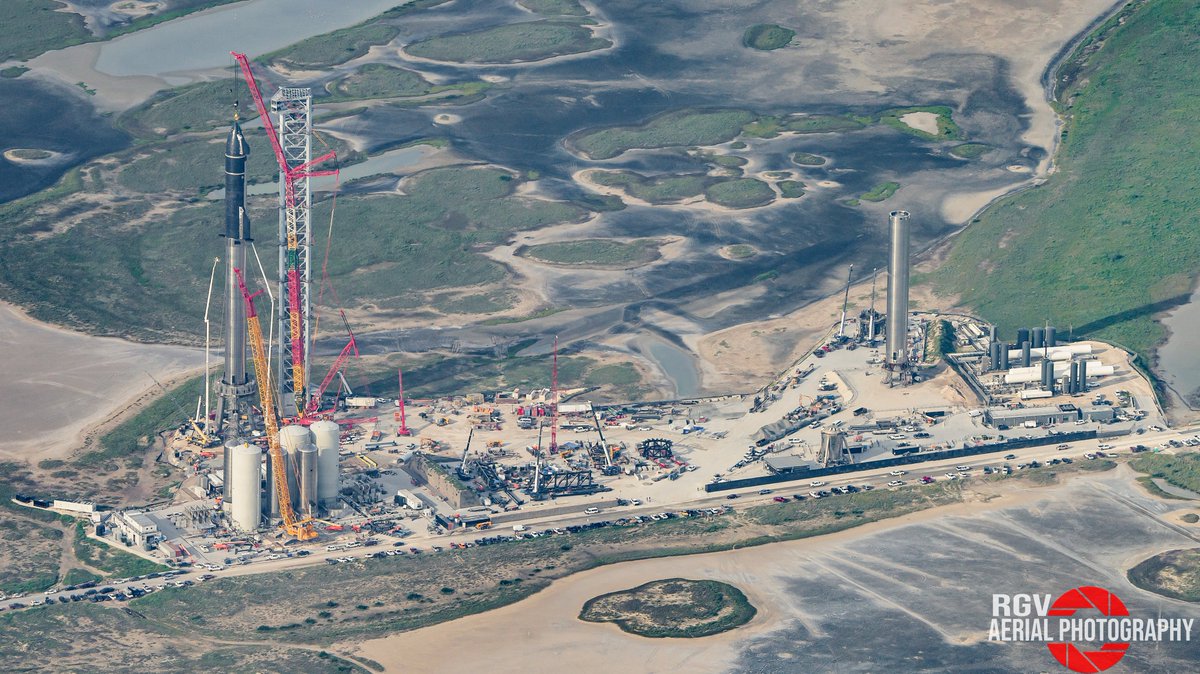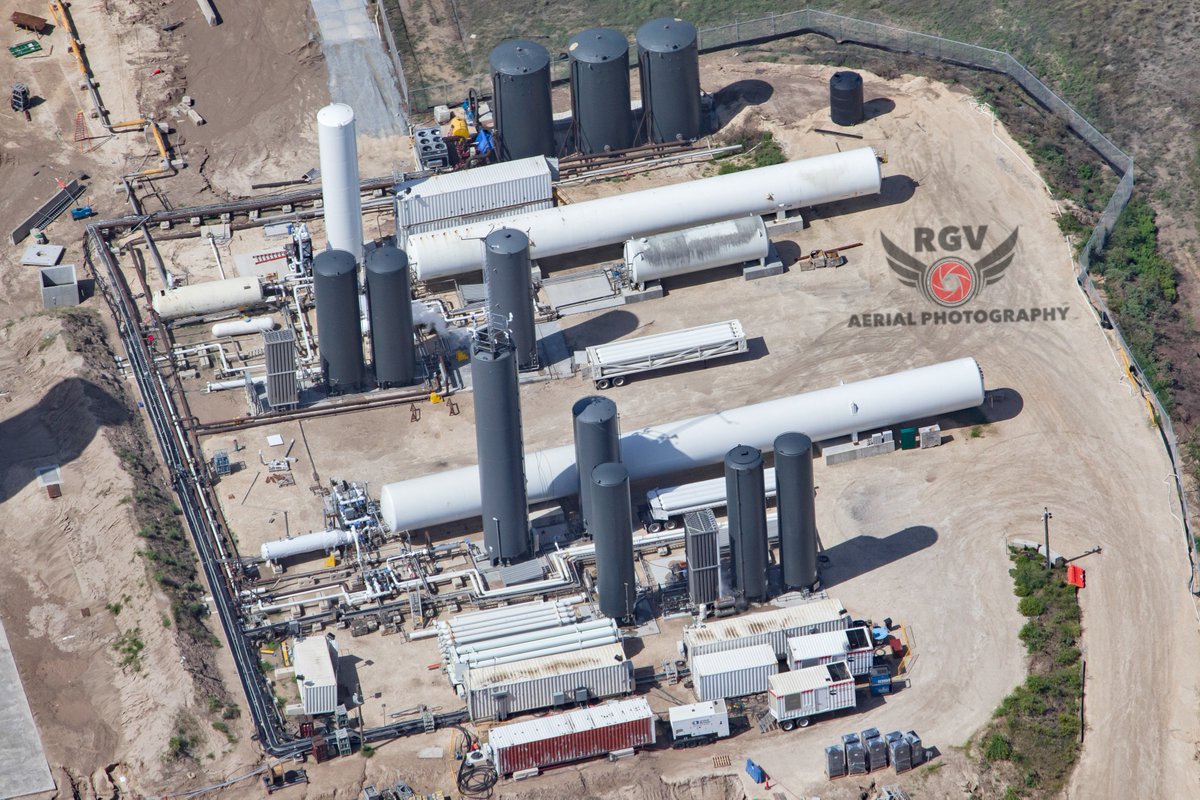Starbase Texas Map | Beginner's Guide to Starbase in 2022
Starbase Texas Map
Guide to the South Texas Starship Facility
Note: This guide was last updated in late 2022. In January 2024, we published an updated Guide to Starbase that can be found here: https://starbasebrewery.com/pages/2024-starbase-texas-map-guide-for-beginners
Welcome to arguably the most important facility in the world for the future of manned Space Flight. That’s not an exaggeration either. Starbase, as it’s now referred to, is home to the world’s most advanced space flight program since the Apollo era. If you’re new to following the progress of Starbase though, it might get a little confusing, so let’s cover the basics of the facilities in this Starbase for beginners guide.
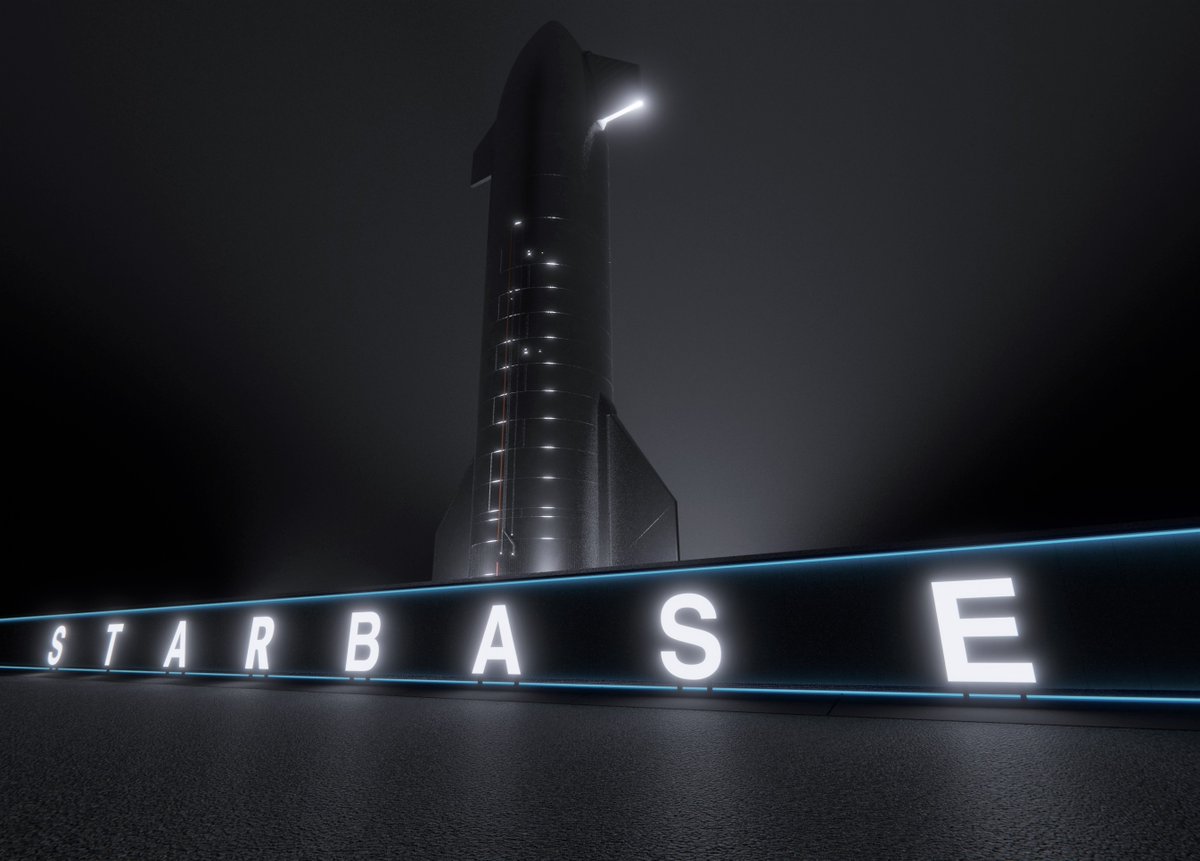
Shipyard
First, let’s start at the Shipyard, also called the Build Site. This is the factory portion of the facility, where large rolls of stainless steel alloy go in one end, and starships and boosters come out the other. Although, it’s not as easy as that. Within the shipyard are two sets of buildings, each with its purpose and use, but they can be grouped into the tents and the bays.
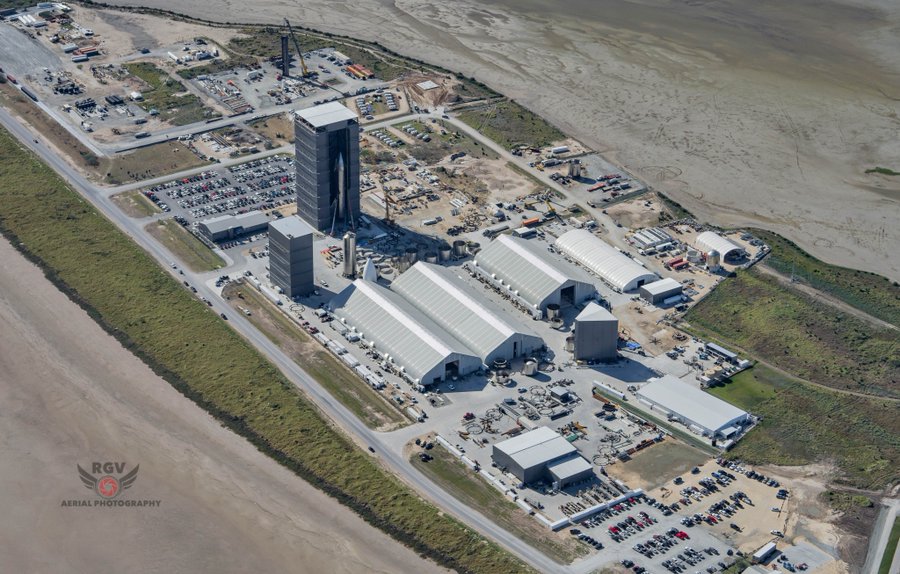
- Tent 1, which is closest to State Highway 4 is used for staging both ring segments for further work and the raptor engines that are installed on vehicles currently in production.
- Tent 2 is where the rings are fabricated, and where segments and domes are initially assembled. To the Northside of the tent, there are sleeving jigs where the domes and the ring segments are joined to create a seal.
- Tent 3 is the nose cone tent, where the tops of Starships are created and sometimes tiled. To the North side of Tent 3 is the Low Bay, but more on that in just a moment.
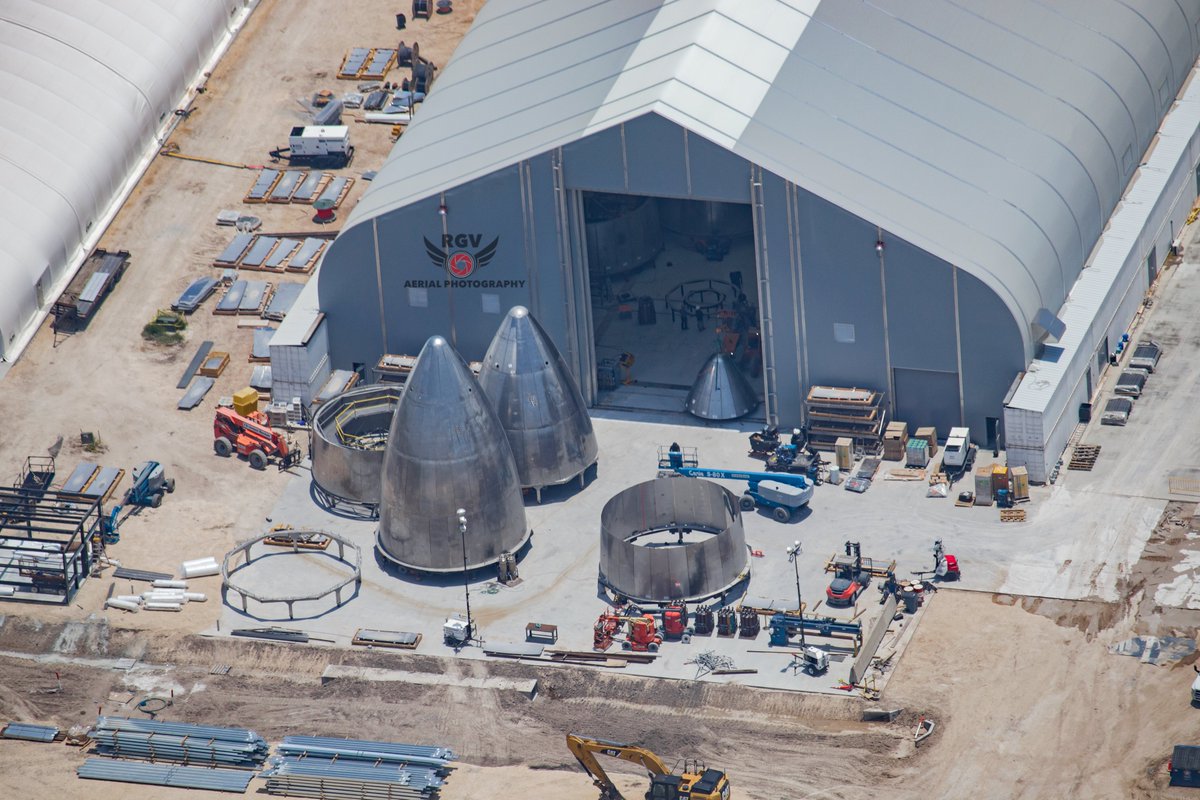
Manufacturing tent close-up. Photo: RGVAerialPhotography
Currently, there are four bays, with the Mega Bay being the most recently completed. Each of these structures has its purpose in the vehicle building process.
- The Low Bay, to the North of Tent 3, is where the nose cones are worked on with tiling, mounting to ring segments, and preparation for further assembly.
- The Mid Bay which is to the South of Tent 1, closest to State Highway 4, is used to assemble the body section of the Ships, as well as other test tanks or Ground Service Equipment Tanks.
- The High Bay is where the ship nose cone section and the body section are joined, as well as all of the Booster assembly work. Currently, this is the only structure tall enough to support both a full starship and a full booster assembly, although not at the same time.
- The Mega Bay is able to support two parallel builds, meaning in this new building, they will be able to build a Booster and Ship at the same time with space to spare. It is roughly the same size as the High Bay, but twice as wide.
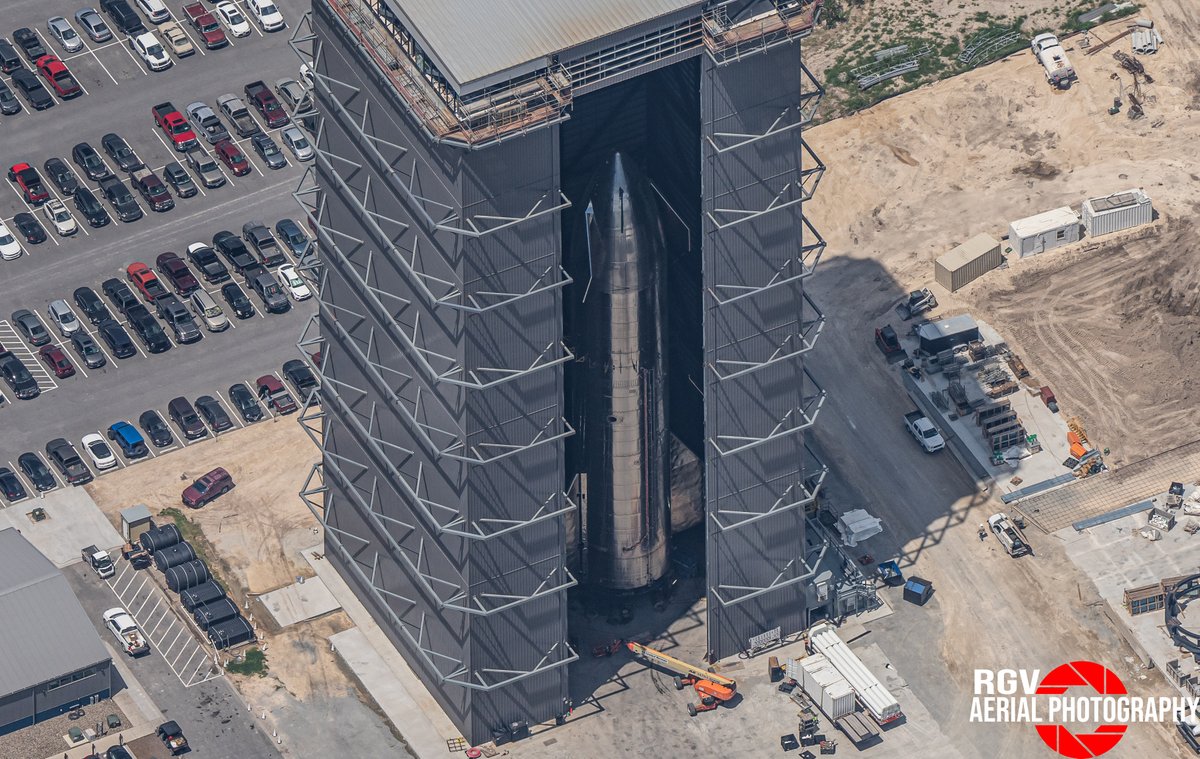
A Starship prototype sits stacked in the High Bay. Photo: RGVAerialPhotography
Something important to remember about the shipyard is that it is constantly evolving as SpaceX figures out the design and build processes for the full Starship stack. Things are constantly changing as the design of Starship matures and new improvements are made.
Sanchez Site
The Sanchez site is everything South West of Remodias Ave. As of Fall 2022, it is mostly used as a general purpose storage and staging area. In the past, this site has been used as the assembly and staging area for the Orbital Launch Tower segments and the Cryoshells. Once completed, these segments were rolled out to the Launch Complex and lifted onto the Tower in calm weather conditions.
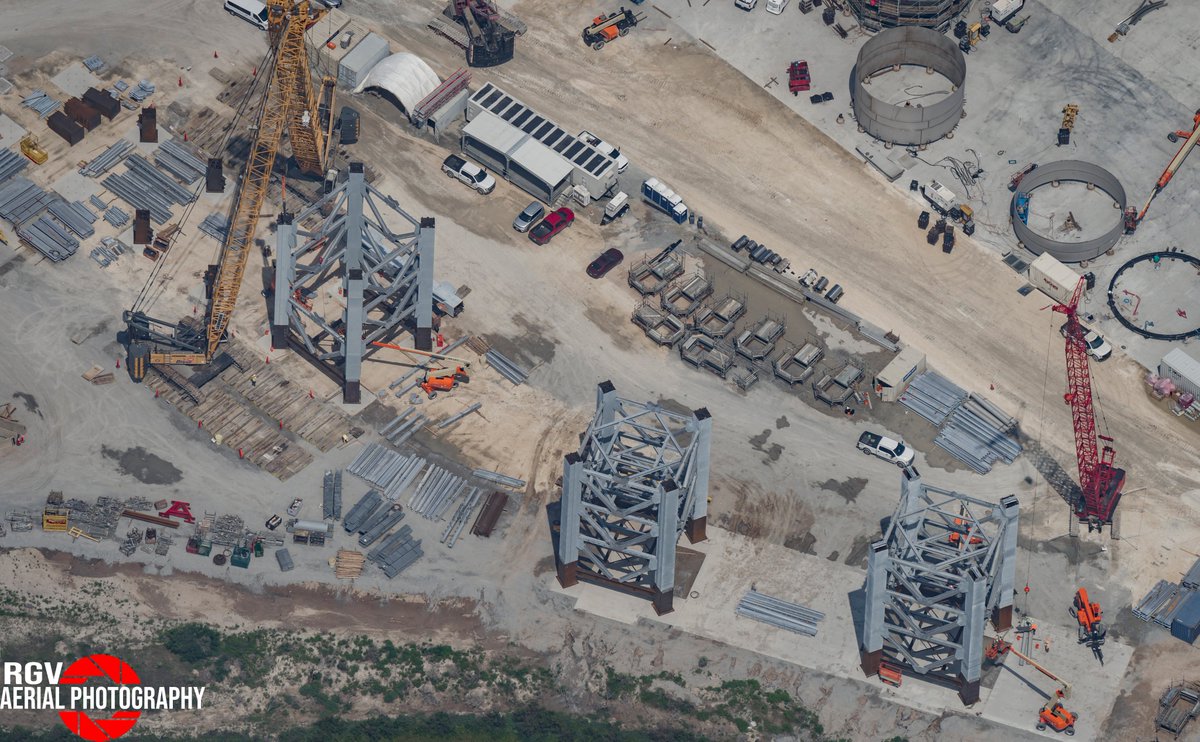
OLIT sections at Sanchez site. Photo: RGVAerialPhotography
It has been rumored that the Sanchez site would be the fuel production site to supports orbital launches from Boca Chica. Elon Musk’s companies are known for being vertically integrated, and with the development of Starship, it is expected that SpaceX will move into making its propellant to further reduce the costs of launch.
The fuel production plant will focus on the two propellants needed by Starship, Liquid Oxygen, and Liquid Methane. SpaceX chose these propellants due to the ability to be able to produce them on Mars, allowing for return trips of future Starships. In the past, the liquid oxygen plant had been partially assembled at the production site, but the FAA's environmental review process added an element of uncertainty to these plans. It is unclear if or when this fuel production plant will be completed or brought online.
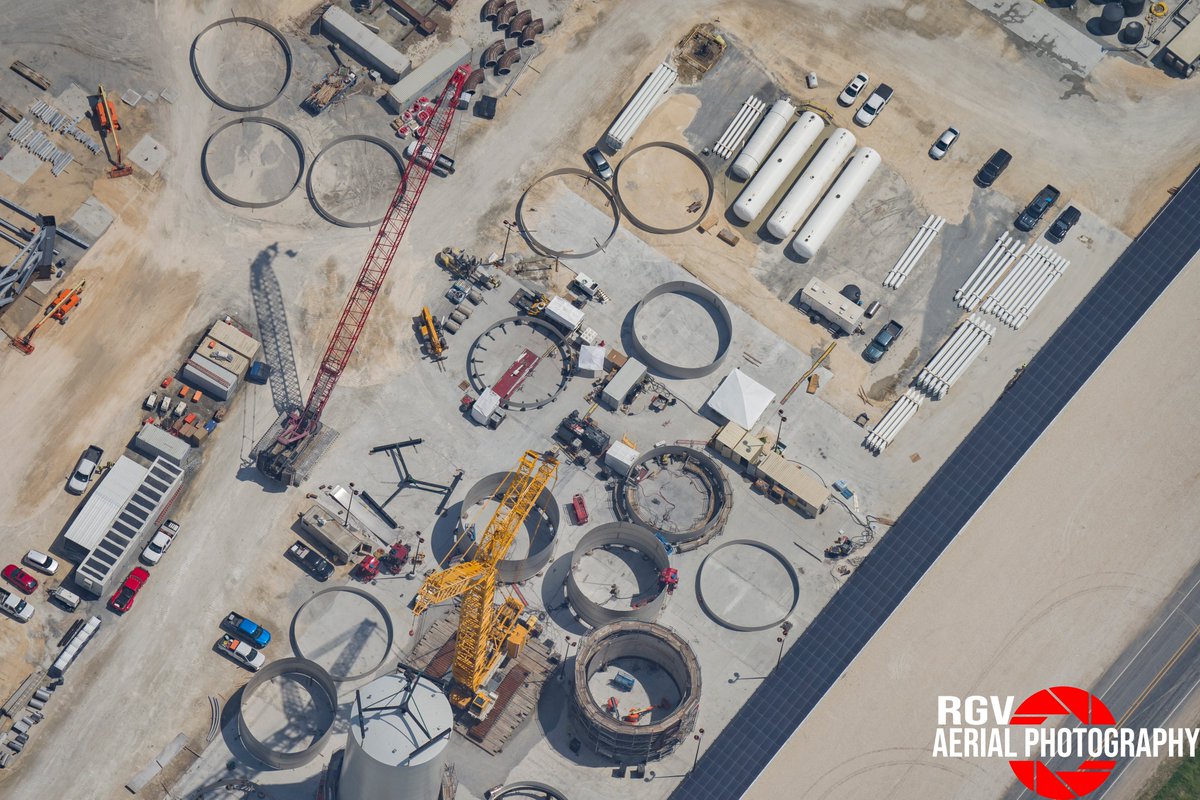
There had been plans to build a 12MW Natural Gas Power plant at the Sanchez site that would provide the high amount of energy needed for the production of the propellants. This plan appears to have been scrapped as a result of the FAA Environmental Review Process.
Similar to the final word about the Shipyard, it is important to remember that these processes and production decisions may change without warning.
Boca Chica Village
Before Starbase, the local area was referred to as Boca Chica (as per the name of State Highway 4: Boca Chica Boulevard). This small, sleepy retirement village was home to less than 50 people before SpaceX started initial work to operate the Falcon 9 family of vehicles from a launch pad near the beach.
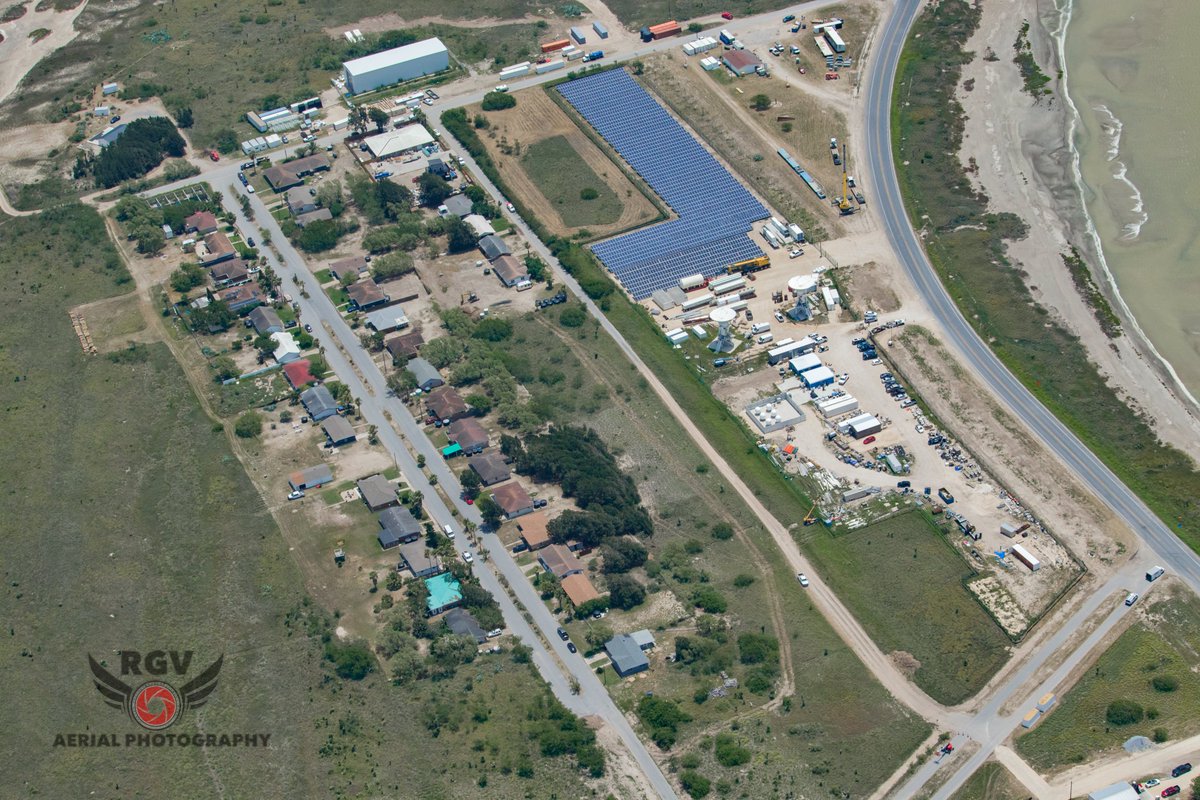
Boca Chica Village. Photo: RGVAerialPhotography
Now it’s a busier village with more and more SpaceX employees living and working close to the build site. The village itself is now mostly owned by SpaceX, rented to employees (including Elon Musk), and slowly expanding as required. Repaved roads, new stormwater infrastructure, a local solar panel farm, restaurant, and other amenities have been installed.
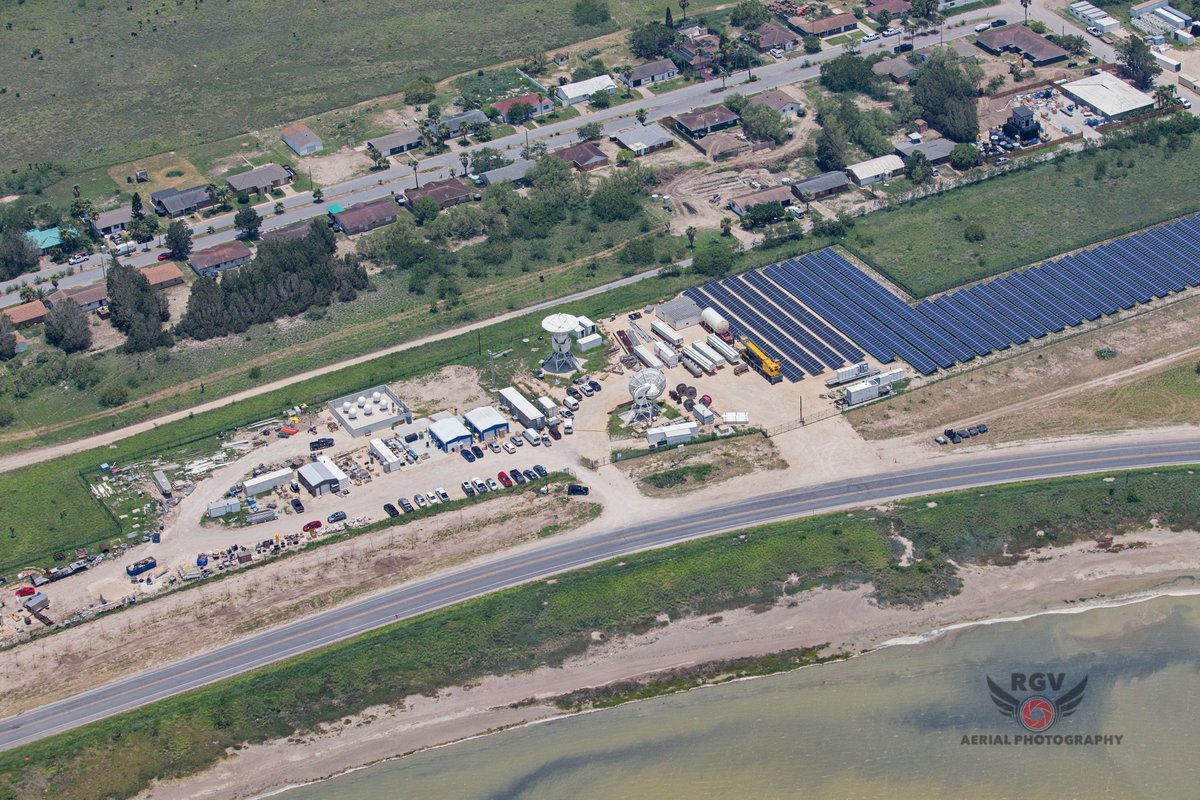
Solar farm and satellite dishes at Boca Chica. Photo: RGVAerialPhotography
One of the most iconic locations of the village is now the Mars Pathfinder caravan park. This is where many SpaceX employees live in Airstream campers, creating an atmosphere not dissimilar to the Apollo Era at the Cape. At the time of writing, newer prefab homes are being built on Esperson street, and even a new home has been physically moved to a new location on the street. It should be noted though, that many workers still drive in from Brownsville and the surrounding areas.
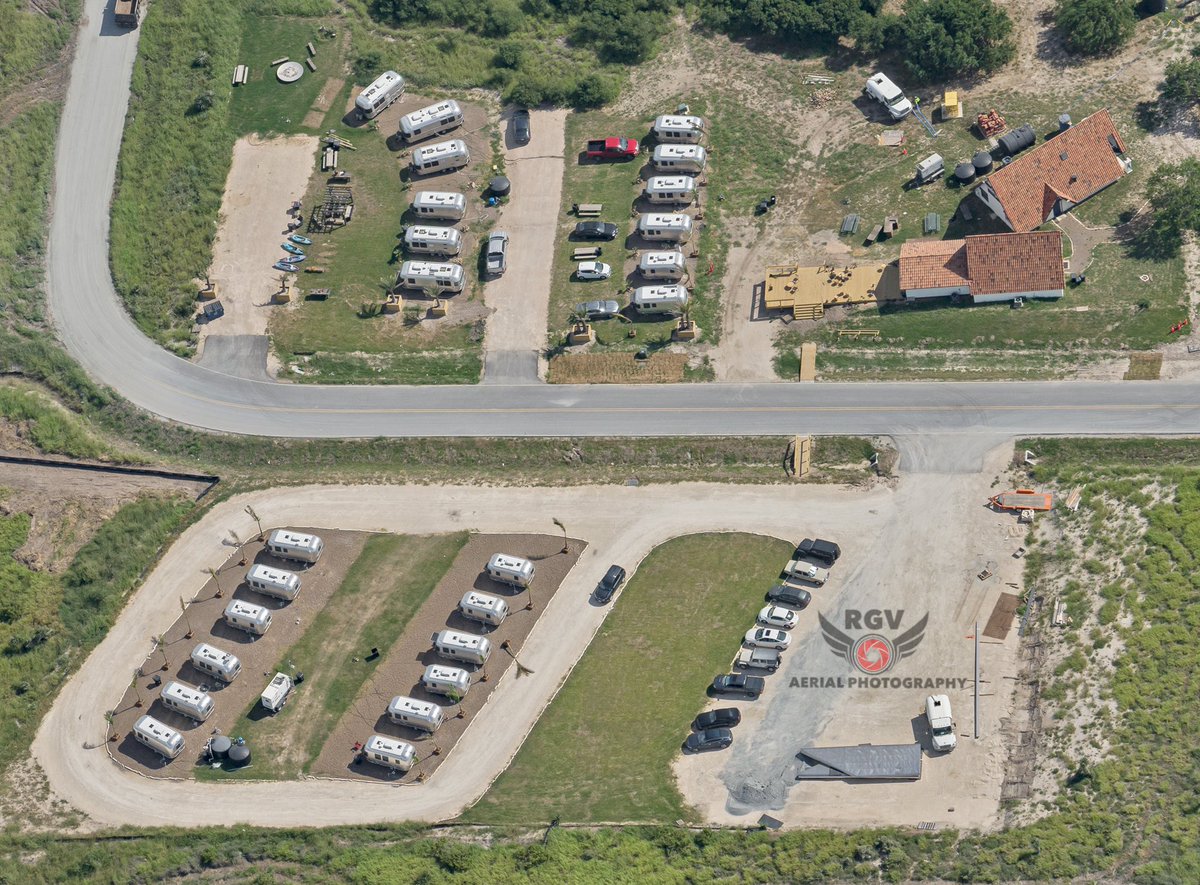
Airstream trailers at Mars Pathfinder park. Photo: RGVAerialPhotography
The other major feature of the village is the storage facility for SpaceX. This is where the solar farm is located, as well as two ex-NASA satellite dishes that are used to collect data from vehicles during testing and flights. The storage facility is also home to a lot of the infrastructure that SpaceX will need within the next few weeks. Propellant pipes, components for Starship and Boosters have been spotted within the site.
The Launch Complex
Finally, it’s time to cover the Launch Complex, the current focus for all things Starship. This is where the majority of the work is currently underway as SpaceX moves from a suborbital test campaign of the Starship vehicle to the orbital test campaign of the full stack. This is going to involve an expected 5 test flights of both a booster and ship that will test critical elements of the system including the re-entry tiles of the ship.
There are two major segments of the launch complex: The Suborbital launch site and the Orbital Launch Site. The Suborbital Launch Site is to the west of the overall complex and is where all of the testings for the Starship vehicle have taken place. Consisting of two launch stands (Pad A and Pad B) and a smaller suborbital tank farm, this side of the complex is now expected to be the future location for all verification tests for Starships before an orbital flight.
Fully stacked Starship on the launch mount at Starbase Texas. Photo: RGVAerialPhotography
The Orbital Side of the Launch Complex is where the magic is going to happen. There are multiple important elements to cover here, and the majority of Starbase news over the next 12 months will be focused on this area.
The most striking element of the Orbital Launch Side is of course the Orbital Launch Integration Tower. The OLIT is the tower that will provide propellant and stabilization to the full Ship and Booster stack during launch times through the Quick Disconnect Arm. The first part of this arm was recently installed on the tower, however, there are still more parts to go.
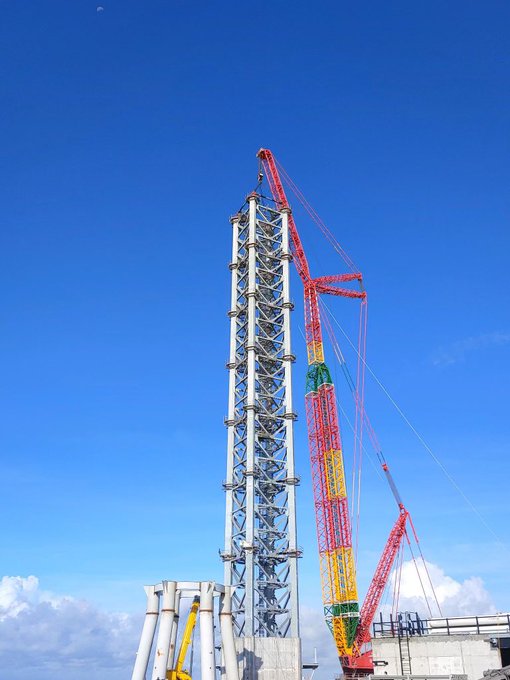
In the future, the tower will also support a system that is currently called Mechazilla, named after the robotic version of Godzilla from the original Toho films. This system will catch the Booster and the Ship from mid-air, using two arms that will come together, similar to chopsticks. The system will also be able to place boosters and ships onto the Orbital Launch Mount, acting in place of a crane.
One possible Mechazilla animation from the community
The Orbital Launch Mount (OLM) is where the stack will sit. This structure sits upon 6 extremely strong and thick concrete pillars that have been reinforced to support the 370 ton mount. When the full stack is being supported by the mount, the expected weight on the structure is around 5000 tons, so a lot of work has been done to make sure that the mount is ready. The Mount itself has the deluge system (a type of water system used to reduce noise and vibrations) built into it already.
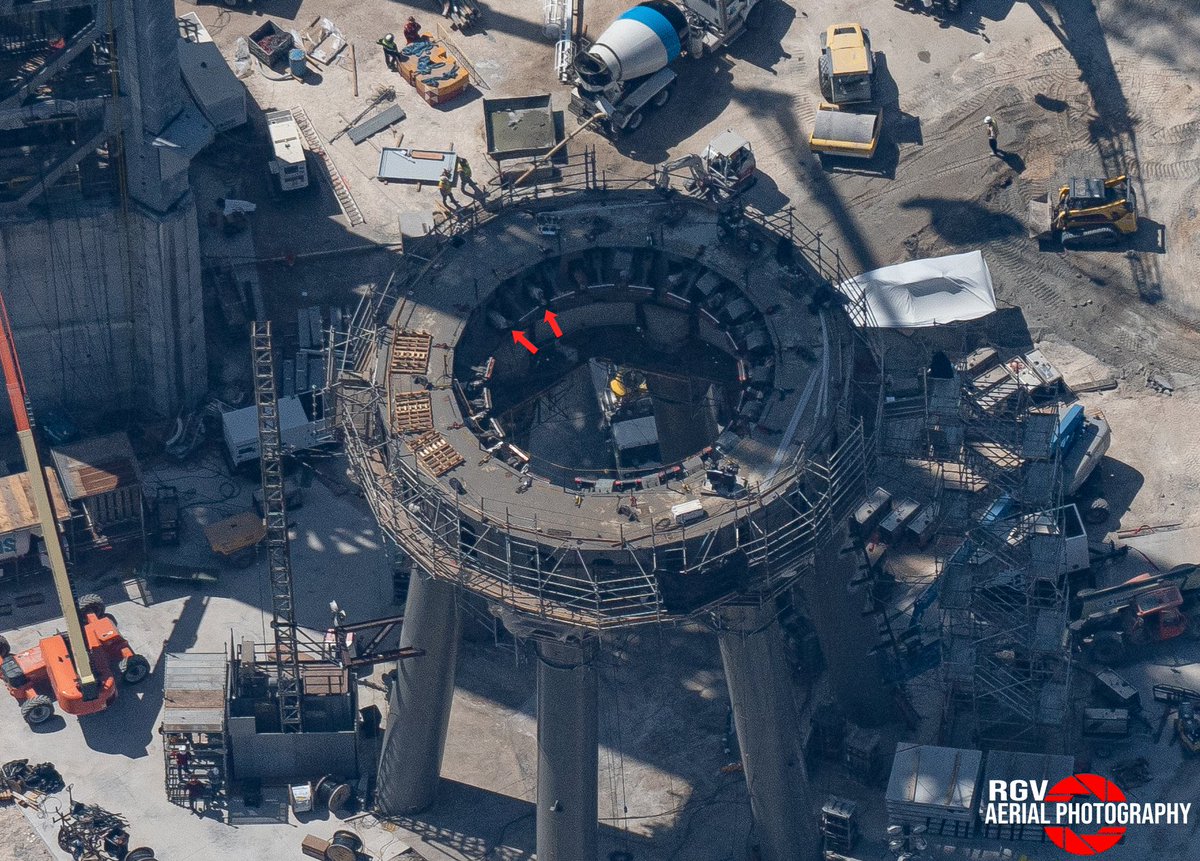
The final piece of the puzzle is the Orbital Fuel Farm. This will hold enough propellant and other required consumables to support orbital launches and testing. The Orbital Launch Fuel Farm consists of one water tank for the deluge system, and an unknown mix of Liquid Oxygen (LOX), Methane (CH4), and Liquid Nitrogen Tanks (LN2).
Tank Farm Layout. Photo: RGVAerialPhotography
Updated Maps of Starbase Texas
For some of the best up-to-date labelled maps of the area, check out RGV Aerial Photography on YouTube or Twitter. Flyovers of Starbase are performed on a weekly basis, and they have done an amazing job documenting the progress of the city of Starbase as it has grown over the past few years.
There is also a great Google map of the Starbase area that is maintained by Reddit community member Raul74Cz.
This article was last updated in mid-2022. Things are constantly changing at Starbase, but we will try to keep this guide as up-to-date as possible.
---
Starbase Brewing is not affiliated, associated, authorized, endorsed by, or in any way officially connected with SpaceX, or any of its subsidiaries or its affiliates. We are huge fans, though.
